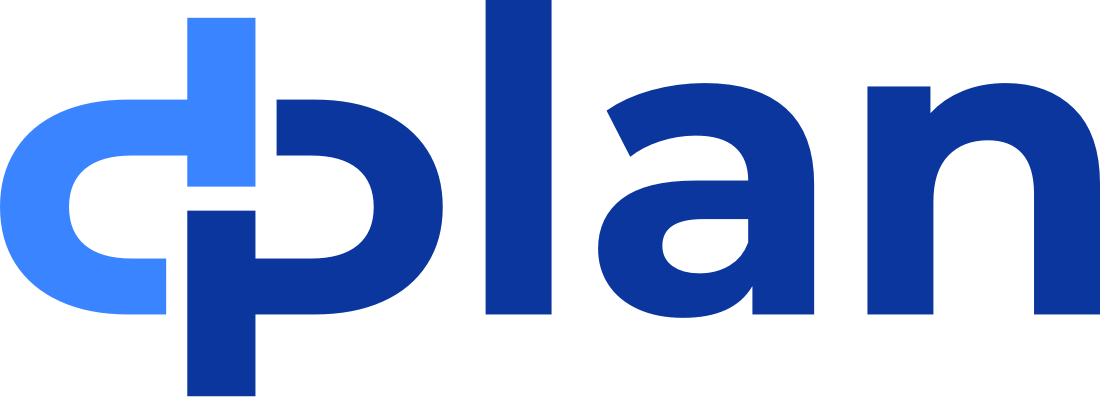Mange prosjektorienterte virksomheter står overfor krevende valg når det kommer til digitalisering og effektivisering av de prosessene som til sammen utgjør styring og ledelse av prosjekt
The most central processes that require support are management and management of costs, time and scope. In addition to this, quality and systematic completion, procurement and contract management as well as document management have great potential for digitalisation. The use of BIM tools and other tools for planning support has been omitted here on purpose - this should be a matter of course today and the market offers several good solutions.
Of the processes mentioned above, cost management is naturally the focus of many. In terms of experience, this is unfortunately often reactive - what is reported is not information that can be controlled. Furthermore, it is rarely compared with progress and scope - how much has actually been received for the money that has been paid. Which gives management information, is a risk-based expected cost and expected time for the scope of work that remains at all times. However, this requires linking information from different systems, together with manual assessments of uncertainty.
Systematic completion, contract management, SHA and HR are examples of processes that are not equally dependent on each other or the central processes cost, time and scope.
The question everyone should ask themselves then is - which strategy is appropriate to choose in order to get the most benefit from digital tools? Is it best to let the project managers work with the digital and manual tools they themselves want to use and then put the information together to the best of their ability, it would be a good plan to identify and standardize on the best tools for the various processes and stitch the information from these together in reports and dashboards (best of breed), or is it worth implementing an integrated platform from a supplier?
Today, the building and construction industry is characterized by the fact that it is up to the individual project manager to choose a strategy. In isolation, this can be effective for the individual project, but it is indisputably an obstacle to digitalisation, efficiency and learning. The best solution for project-oriented businesses in the long term will therefore be to choose one of the other two paths – a best of breed solution or an integrated platform.
Best of breed solutions give businesses the ability to choose the best individual tools for each process. This will give access to the latest and most advanced functionality within each area. Furthermore, organizations can tailor tools to specific needs and preferences. By choosing tools from different suppliers, it will also be possible to benefit from competition and innovation in each individual area.
The biggest challenge with best of breed solutions is the integration between the various systems. When using tools from different suppliers, it can be challenging to get them to work together seamlessly. Maintaining and integrating several different systems can be costly, both in terms of implementation costs and ongoing maintenance.
Regardless of the strategy chosen, implementing a solution in a business is like jumping on a speeding train to sell goods no one wants. And the more integrated the platform is, the more processes the software is intended to cover, the more demanding the implementation will be, and at the same time there will be higher risks associated with reaching the result target and the expected gains.
In the building and construction industry, the way of working is very different in the early phase and the implementation phase. The early phase is driven by information logistics, in reality decision-making materials are produced for small and large decisions. Deliveries and decisions drive the project forward. The implementation phase is characterized by physical logistics, logistics in the form of, for example, trains consisting of materials and people. Furthermore, the projects in a business have different character, complexity and size, there is a big difference between building a block of flats and an ice rink or an advanced laboratory building. If an integrated platform is chosen, it will therefore be necessary to configure it so that it effectively supports various projects. Here, many will argue for the advantages of standardisation, but experience suggests that many project managers in reality develop their own solutions if the offered solution becomes too cumbersome to use.
For public actors, the process will be further complicated by the fact that the procurement (and as a consequence the implementation) will be governed by the Public Procurement Act. This forces the procurement into a waterfall process because the requirements for the system must be clear as part of the competition basis. If too large changes are made to the solution after the contract has been awarded, you may end up in a situation where the scope of the changes is so large that the procurement becomes invalid. You are thus forced into a situation where you do not work agile, but must assume that the requirements for the system will not change.
What about AI? Won't that solve the problem? The answer must be both yes and no. In the first instance, the processes must be put in place, then all information must be systematized. When this is in place, AI can initially provide effective reading support and then writing support. But there is no quick-fix in KI.
In summary, it must be recommended that you initially start from the system portfolio the business has today and then establish a target image for the management information that is desirable. Probably the cheapest and least risky strategy will be to expand the existing portfolio and at the same time find good ways to extract the necessary information and establish digital interfaces where it yields profit. Then AI will come eventually. The industry must learn to go first.



